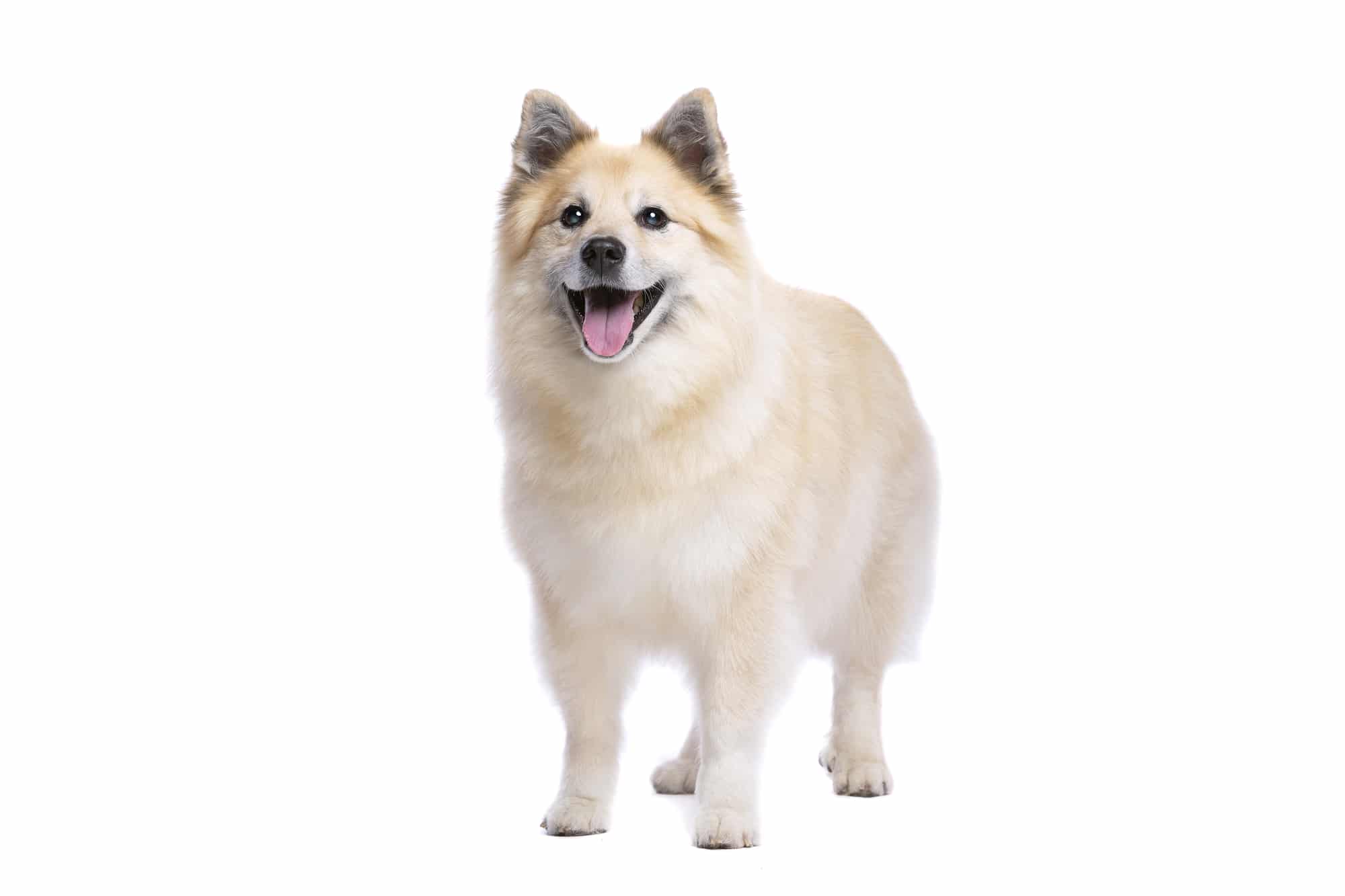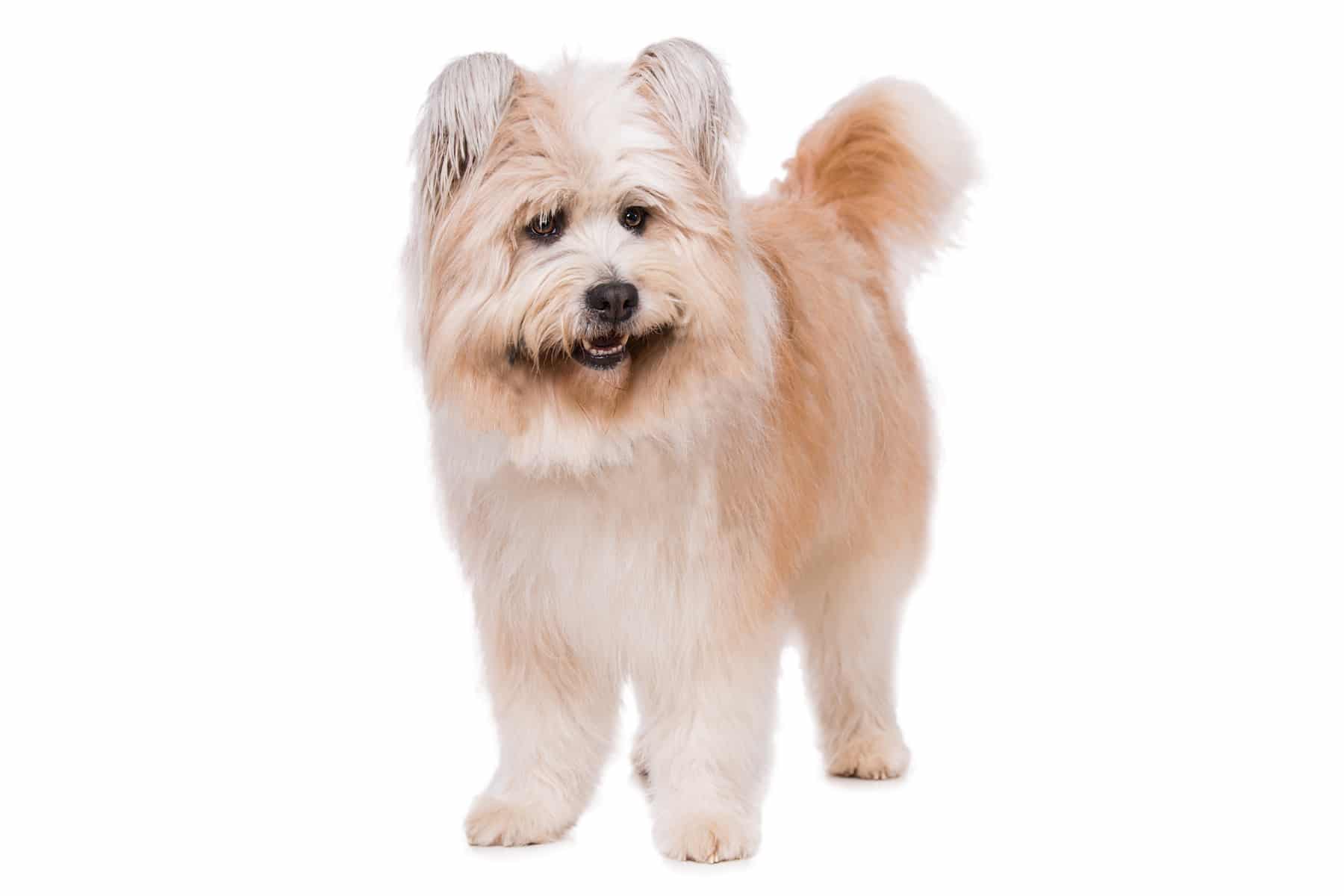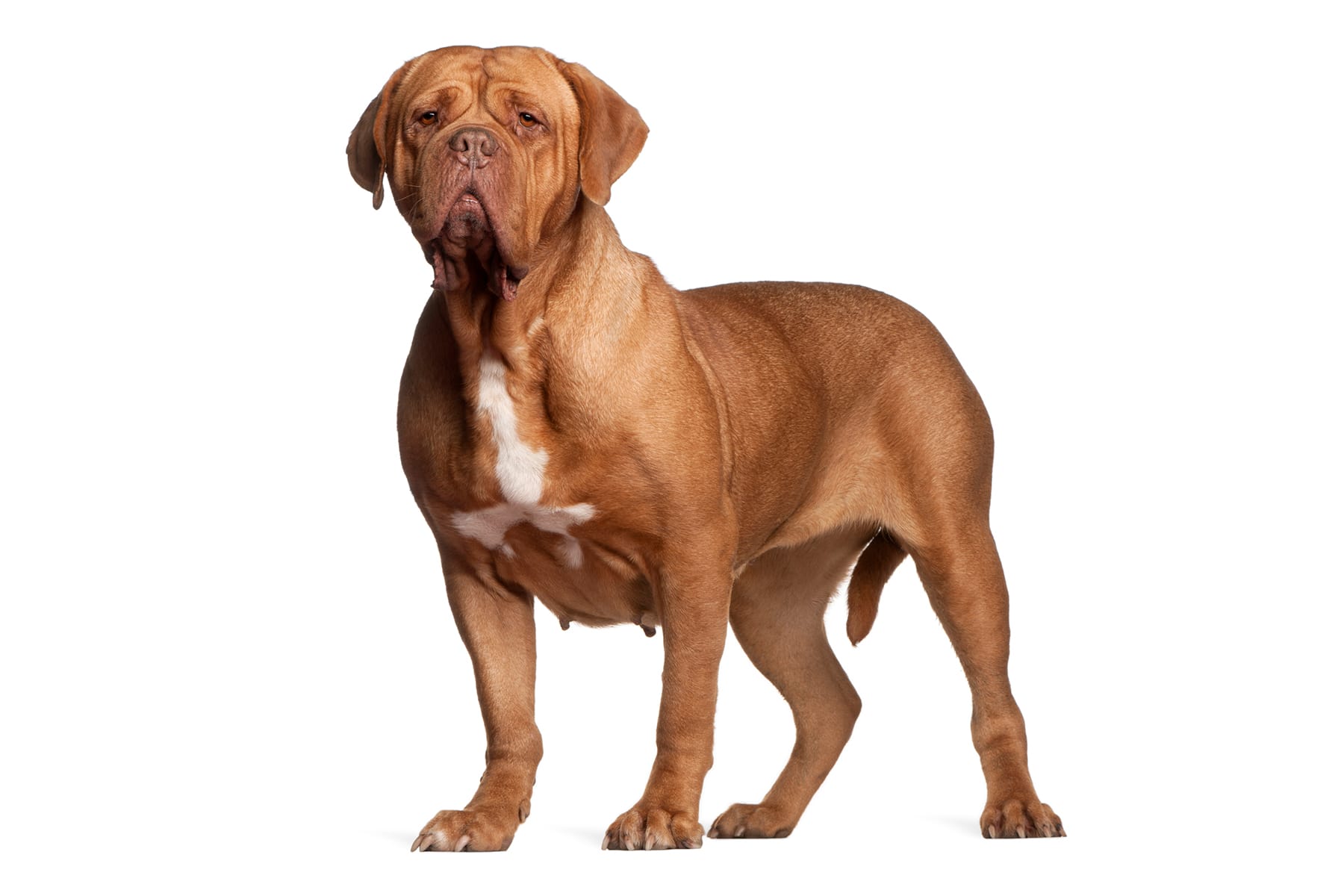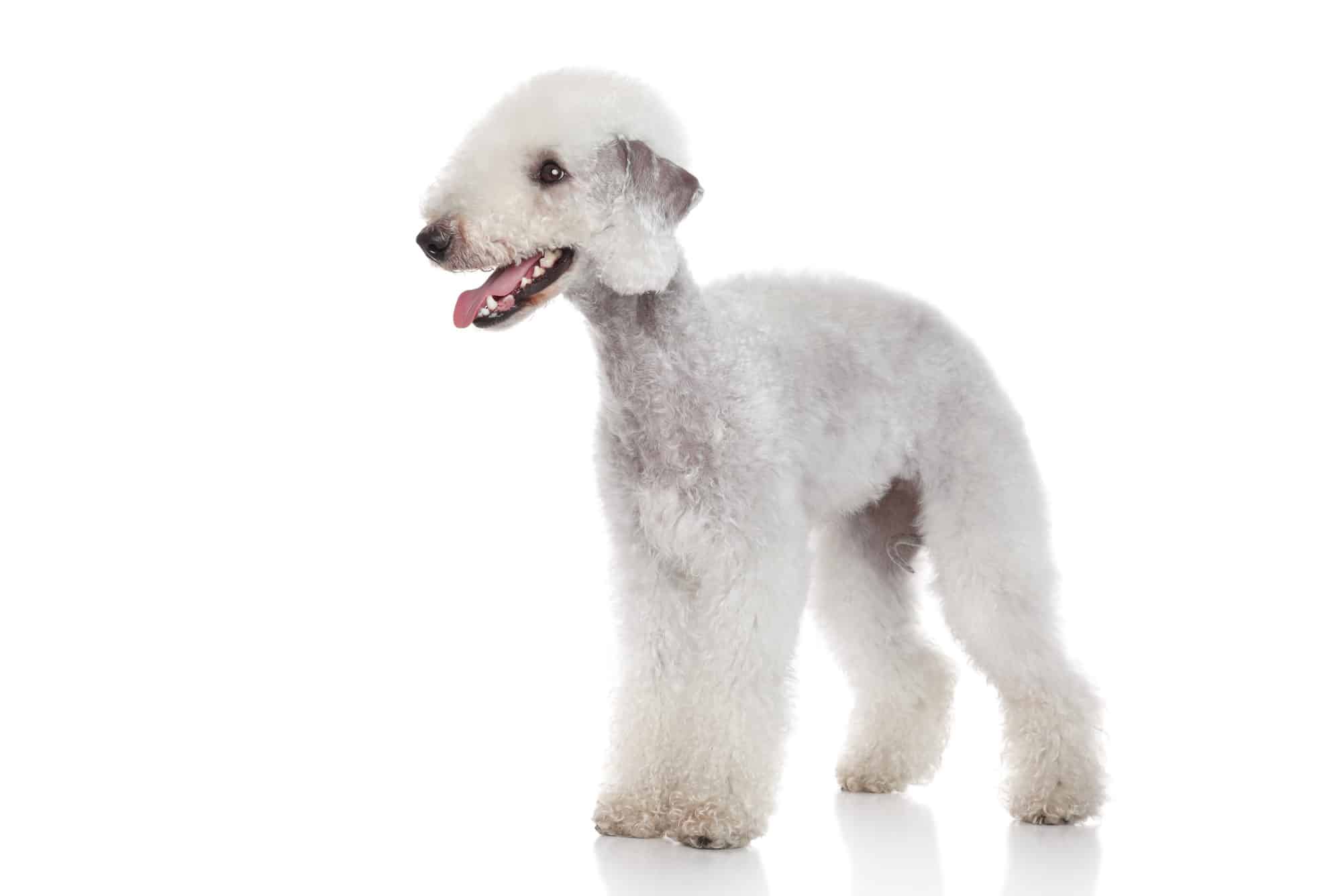Tyrolean Hound
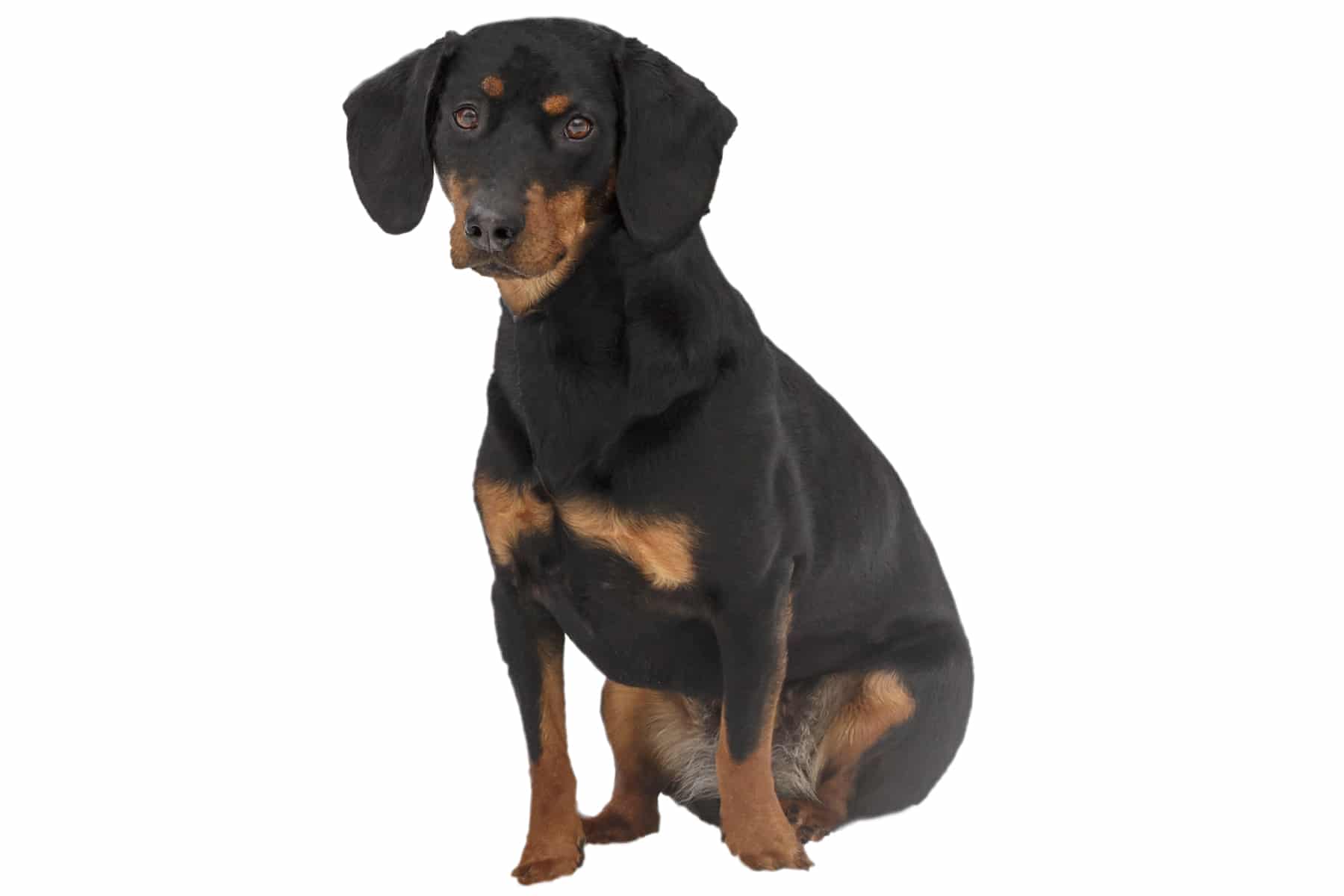
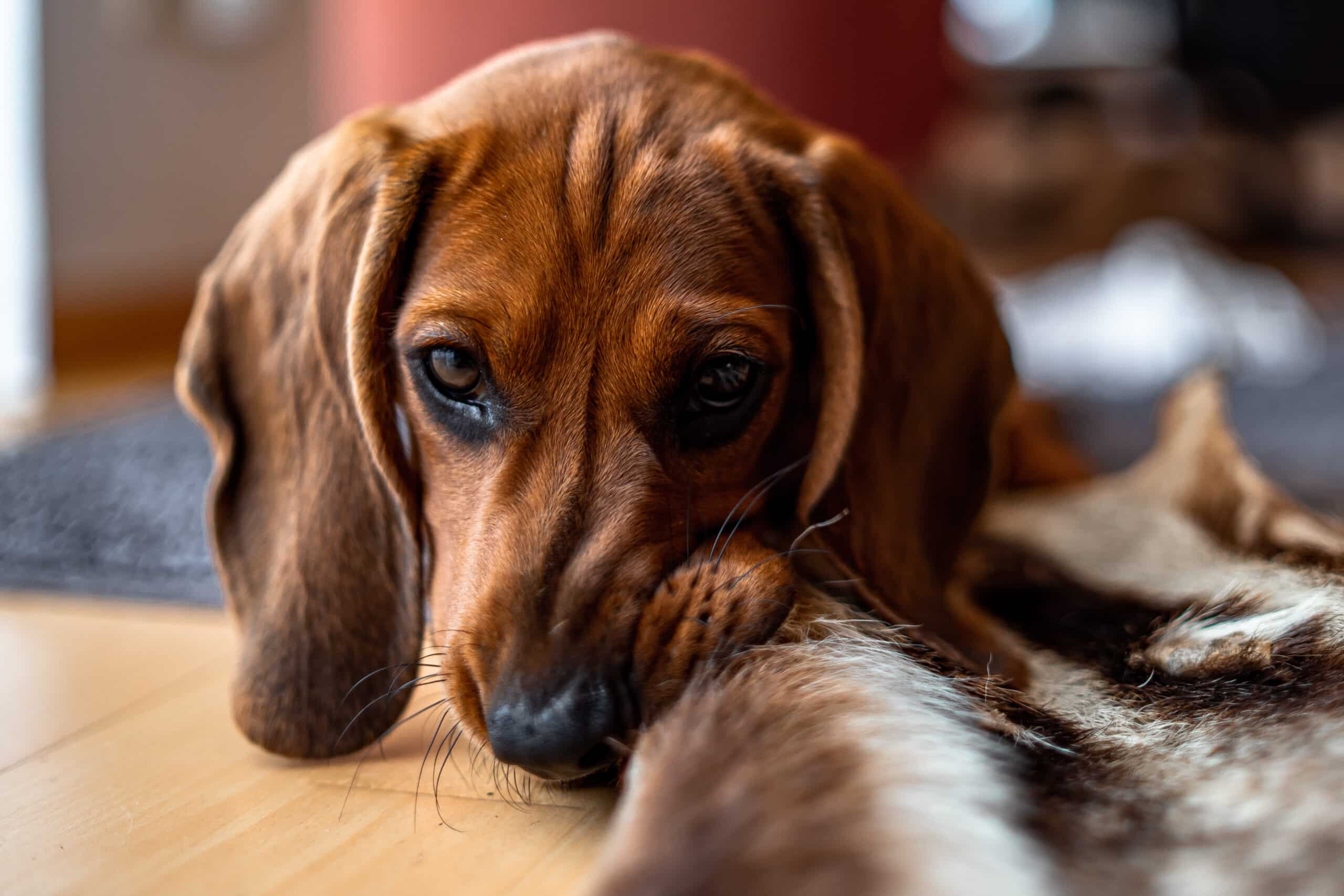
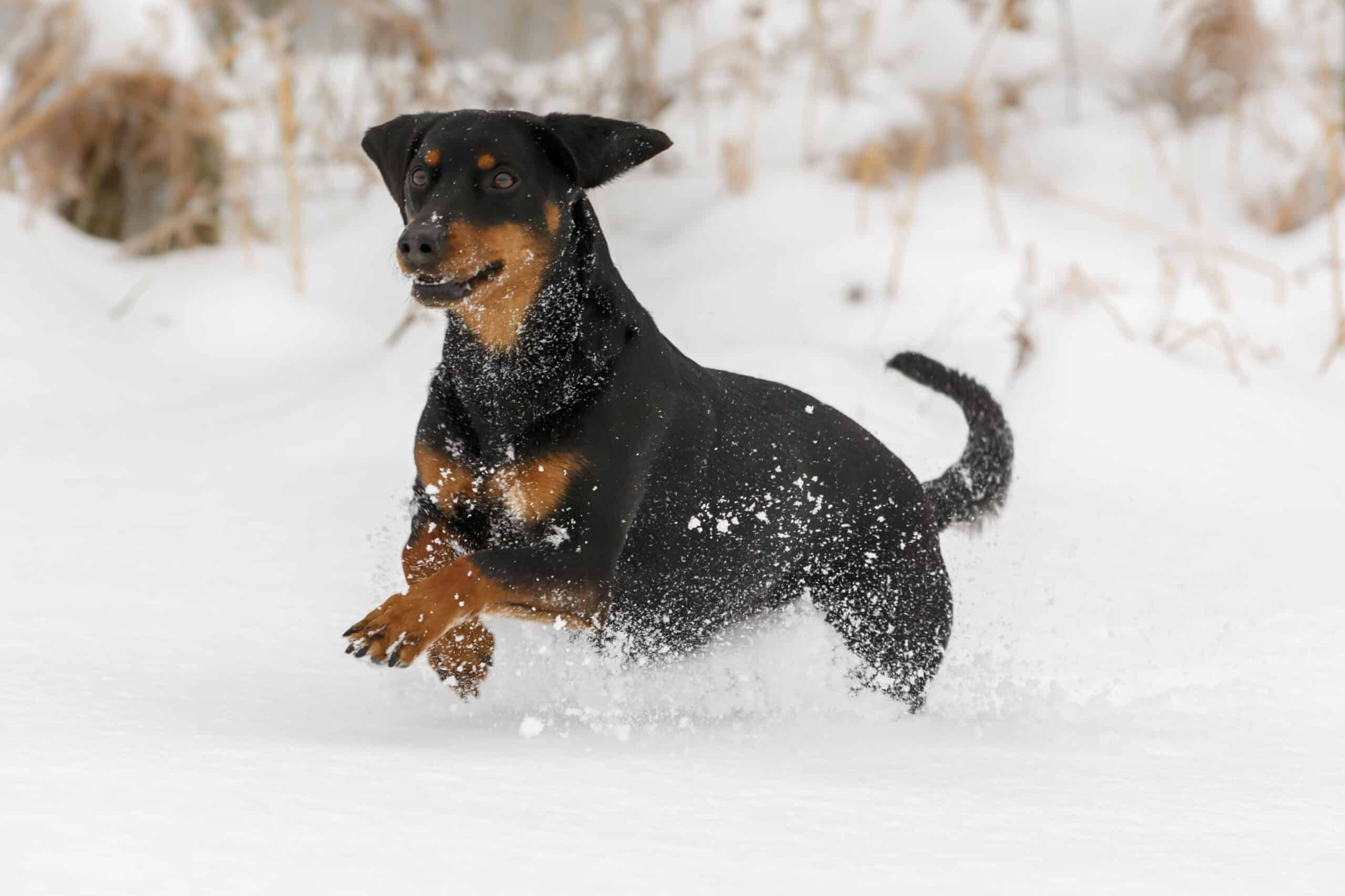
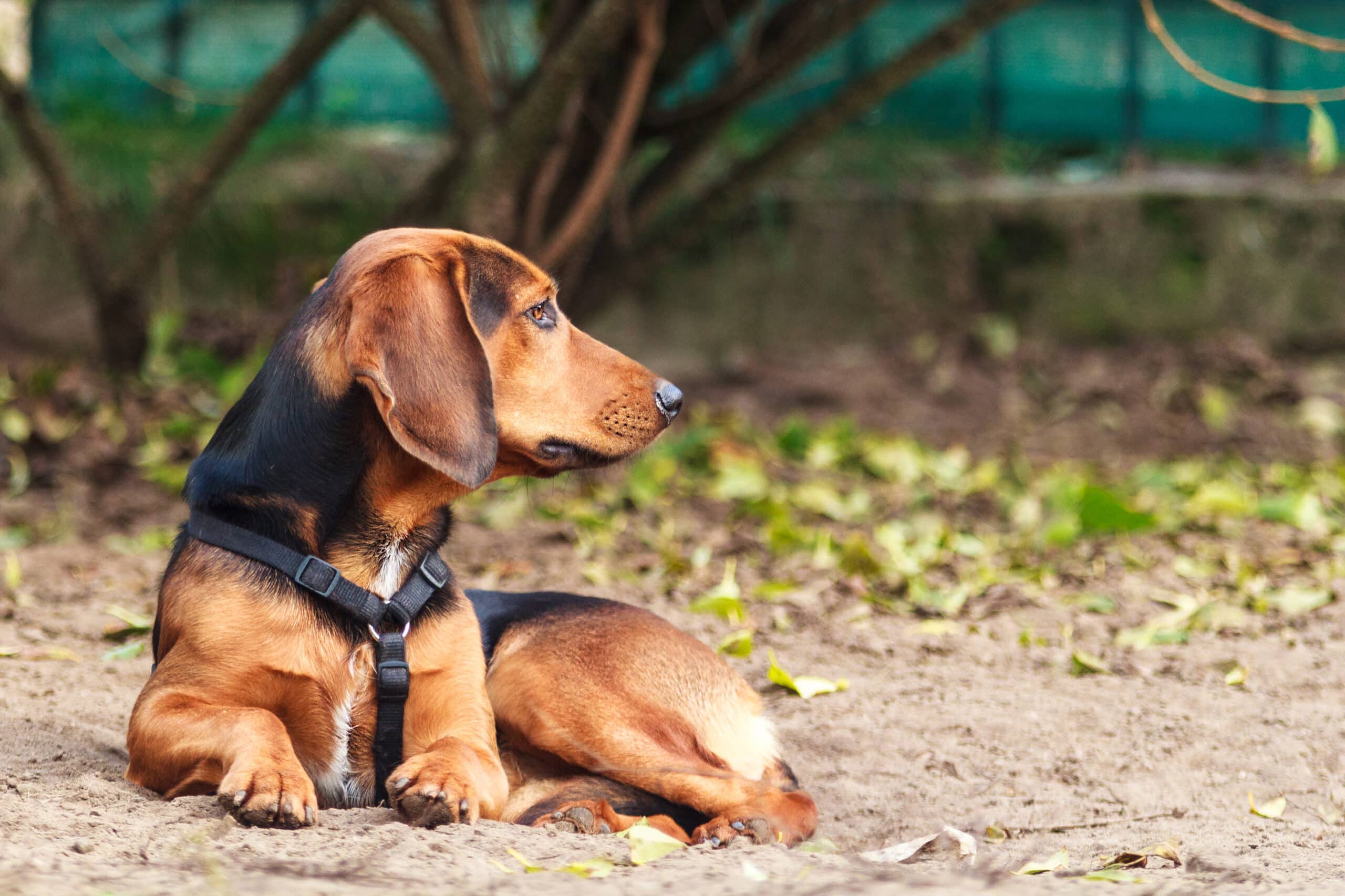
Temperament:
The Tyrolean Hound is an excellent hunting dog for forest and mountain hunting. The Tyrolean Hound is a welding, rummaging and bracking dog. It is a rummaging dog for hunting hoofed game. Rummaging is the search for shot game. Bracking is the chase with loud barking.
Characteristics
This breed, which originated in Austria, has existed in two recognized colours since its pure breeding around 1860. One color is the red, whose coat can be deer red or red-yellow. The other color is the black and red. Here the coat is patterned like a black coat or saddle. There is a red stripe on the belly, chest, legs and head, which is usually not sharply defined.
White markings on front and under chest, muzzle, neck, paleness, tip of tail, legs and paws are permitted in breeding. Tan markings above the eyes are also permitted in black and red dogs.
The breed is slightly longer than tall. The build is strong, sinewy and muscular. The coat consists of dense stick hair, the original coat of the wolf. It is smooth and dense. The Tyrolean Hound has very little undercoat. Its top coat is of medium length. The ears are medium-sized and lie high on the head.
The Tyrolean Hound is known for hunting as a lone hunter rather than in packs. It has a distinctive nose and a keen sense of direction.
In the wild, it proves to be fast, agile and a good climber. Different weather conditions do not impress this dog. It is practically all-weather capable.
His ability to concentrate is particularly good. When hunting, it is not distracted by falling shots or other dogs. Once a Tyrolean Hound has picked up a scent, it indicates this to the hunter by barking loudly.
This breed is particularly leader-oriented and willing to learn, but works very independently. It shows a lot of passion, stamina and self-confidence. When hunting, it is alert and lively, but otherwise calm and gentle.
The Tyrolean Hound is a healthy breed with no known hereditary diseases.
Coat care:
Shedding:
Energy level:
Trainability:
Children suitable:
The right food
There is a nutrition plan to optimize the dog's performance during the hunt. Breaks should be taken between hunting and feeding. The main feeding is best done two hours after the hunt or the evening before. Small amounts can be fed up to 3 hours before the hunt. Water should be given at intervals of 1 to 2 hours.
When choosing food, make sure that it contains high-quality ingredients, is balanced and meets your dog's requirements. Age, size or weight, activity and health status play an important role here. You should follow the manufacturer's recommendations for the amount of food.
Treats should only be fed in moderation and deducted from the basic diet to avoid obesity.
Health & Care
The Tyrolean Hound is very easy to care for. The coat only needs to be brushed occasionally. In the summer months, the body should be checked for ticks. In the winter months, the dog should be bathed after returning from hunting.
The psychological care of the Tyrolean Hound is somewhat more demanding. Although these dogs are very people-oriented, they are not suitable as family dogs. They must be kept in a species-appropriate manner and there must be no children in the household.
As working and running dogs, they need plenty of exercise and activity. Under no circumstances can they be kept in city apartments. They are best kept in the countryside, preferably with a hunter. This hunting dog needs a house with a well-fenced garden in which it can move freely.
If the dog is not kept busy hunting, it also needs something to do in its free time. He can put his nose to good use with mantrailing. This involves searching for a hidden person rather than the tracks of a wild animal. An object that smells like the person being sought is held in front of the hunting dog's nose.
Foraging games or hunting for treats also provide fun and activity. Treats can be hidden in cracks in walls, under bushes or shrubs in the garden, for example. Throwing the treats as far as possible or into the air also challenges your dog. This ensures that your hunting dog is physically and mentally exercised at the same time.
Suitable accessories
As Tyrolean Hound dogs are used as sweat and brackish dogs in forests, they are susceptible to ticks. Tick tweezers or tick cards are suitable for removing them. Anti-tick ointments can also be applied between the fur.
The dog should wear a sturdy chest harness. A chest harness gives the dog more support and allows it to breathe better. The harness should be well padded to avoid pressure points and abrasions.
A high visibility vest with reflectors is also an advantage in the forest. This makes it easier for the hunter to recognize his dog. The risk of the dark dog being mistaken for a hare is reduced.
A whistle is suitable for calling the hunting dog. A first aid kit is also useful in case the dog is injured during the hunt. A food bag is very practical as a reward after the hunt or for playing.
As basic equipment, your dog will also need a dog basket or dog mat as a place to retreat, water and food bowl, claw clippers, mild dog shampoo, brush and comb or rubber curry comb, dog toothbrush and cream, transport box for transportation in the car,
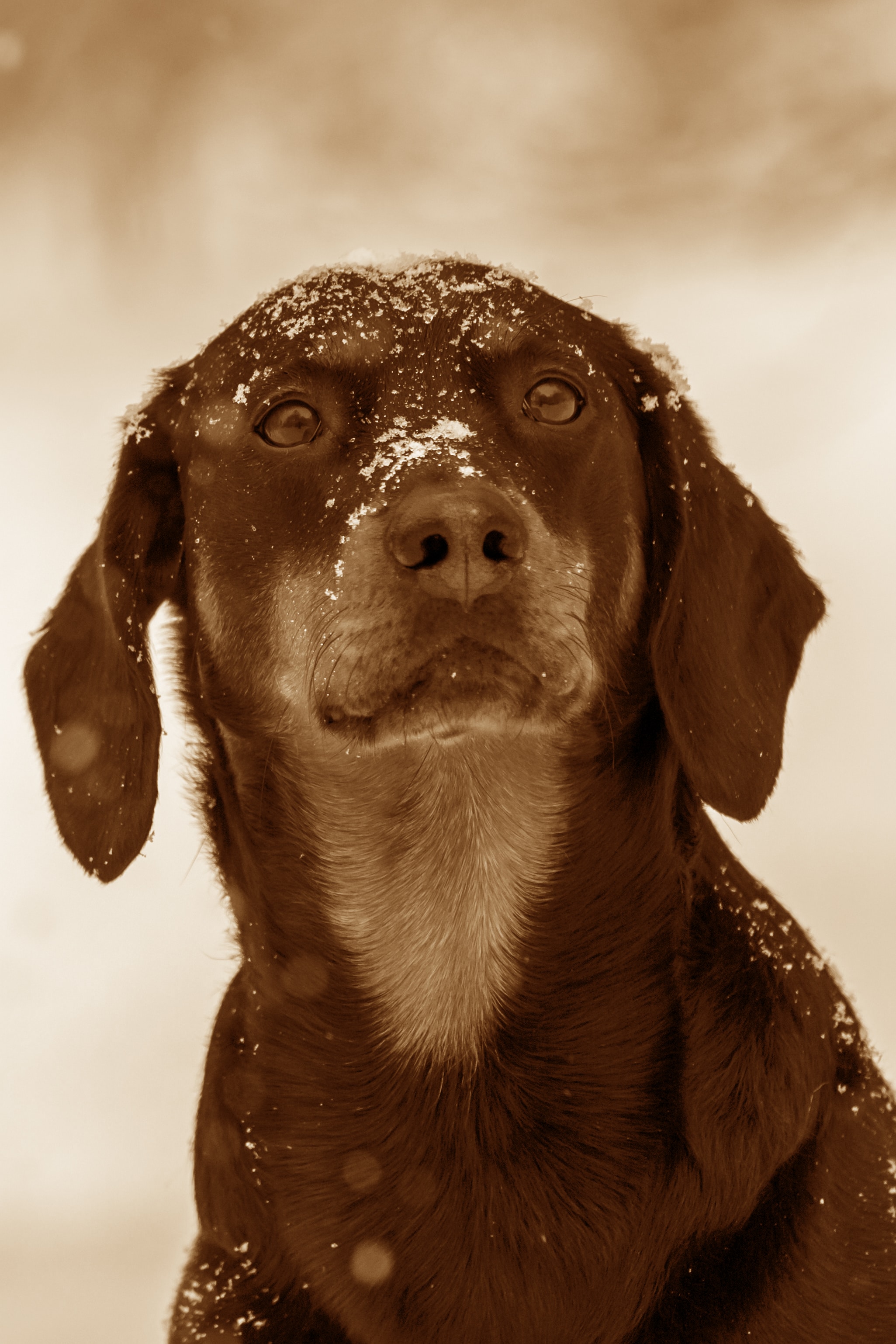
Origin & History
The Tyrolean Hound is considered a descendant of the Celtic Bracke. It is the purest breed of today's Bracken. As the Celts lived in the Alps, the Bracken is originally native to Austria.
In Austria and Germany, they have been used as hunting dogs for centuries. Emperor Maximilian I invested large sums in refining this breed at the beginning of the 16th century. He went hunting with this breed. He wrote in his hunting books that he selected his hunting dogs from this breed.
Pure breeding of the Austrian hunting dog breed began in Tyrol around 1860. A standard, i.e. an ideal breed, for the Tyrolean Hound was established years later, in 1896.
At the beginning of May 1908, the breed was officially recognized at a dog show in Innsbruck. One year later, three males and four females were registered for the first time in the Austrian Dog Stud Book. The short-legged Tyrolean Hound sub-type was removed from the standard in 1994.
The Tyrolean Hound is still kept almost exclusively by hunters. This breed is bred exclusively through working tests. The dogs must pass a welding test and a bracking test.
